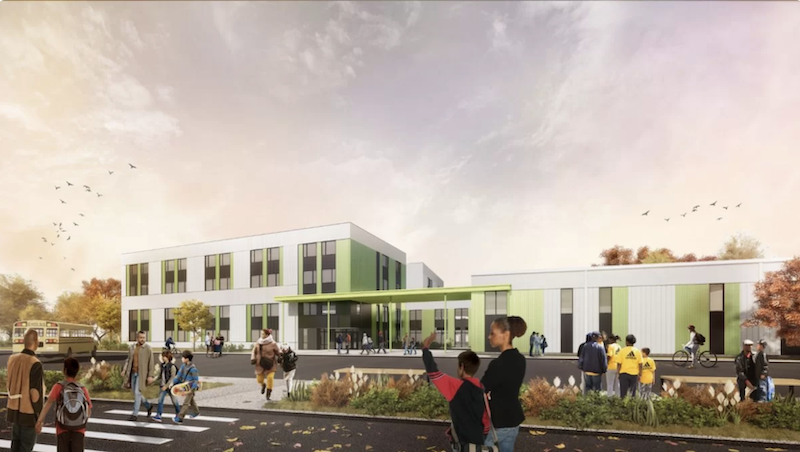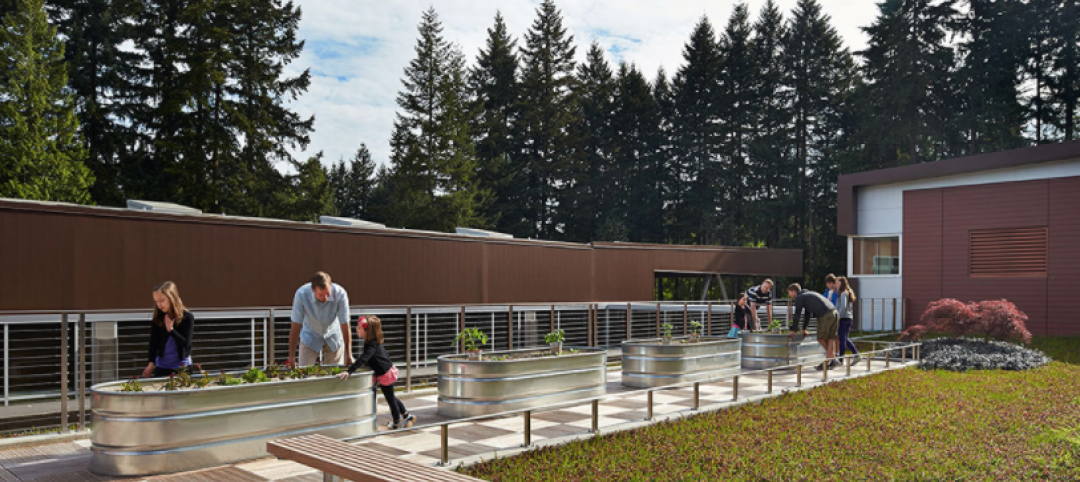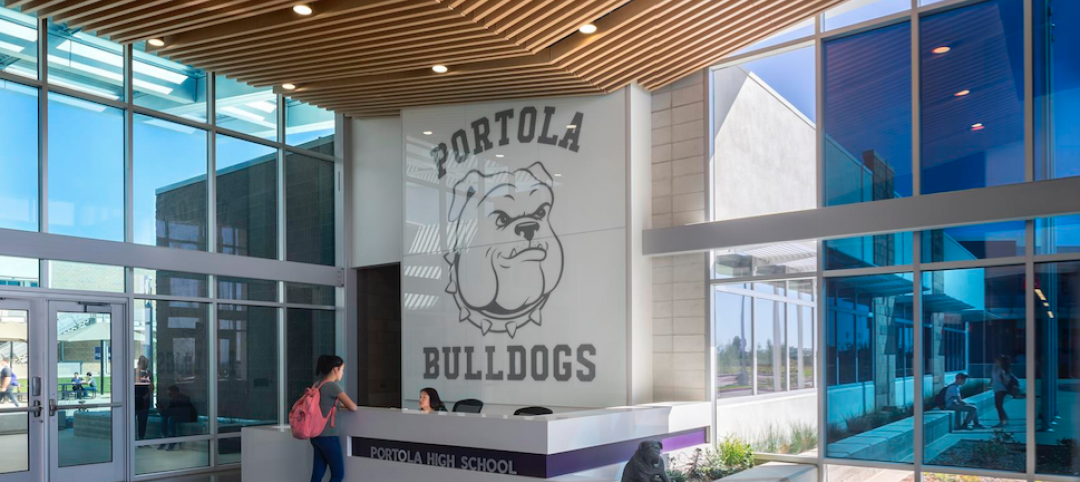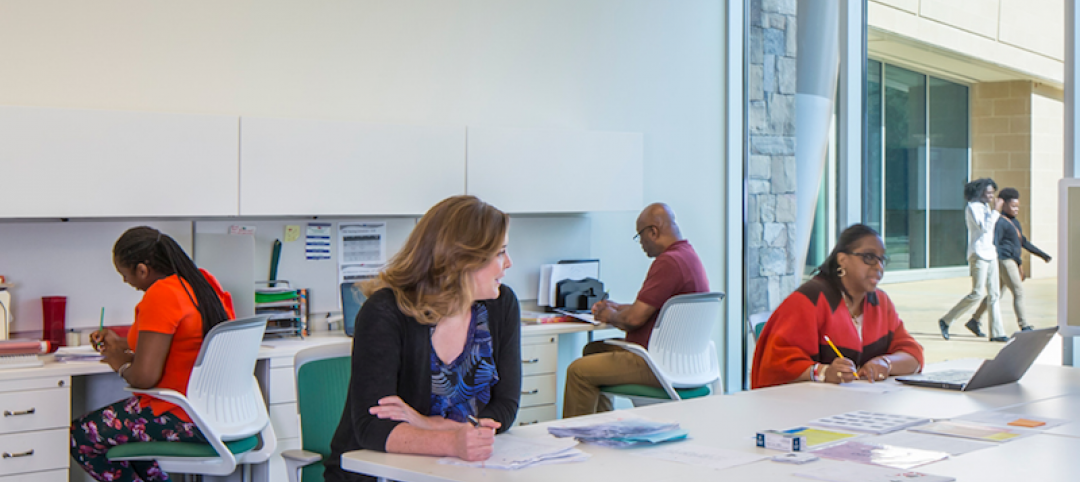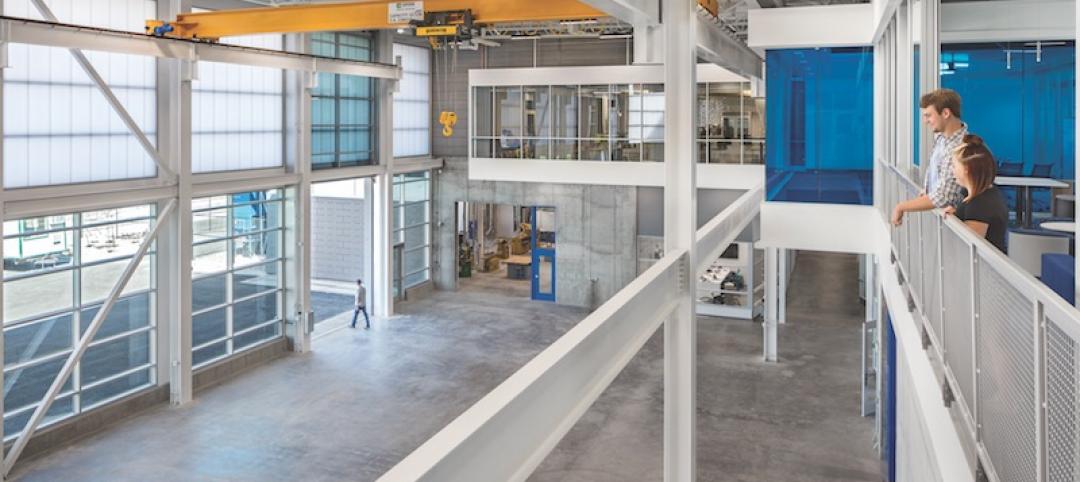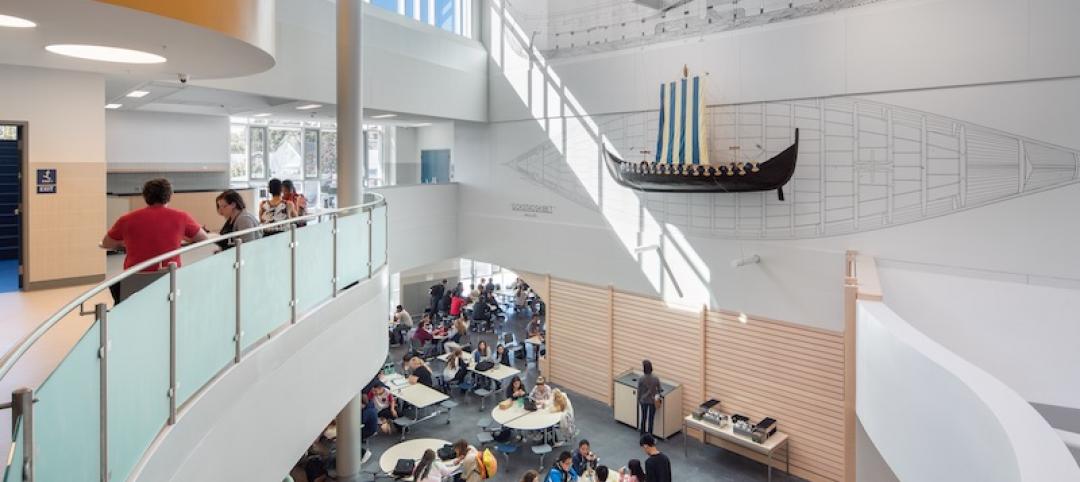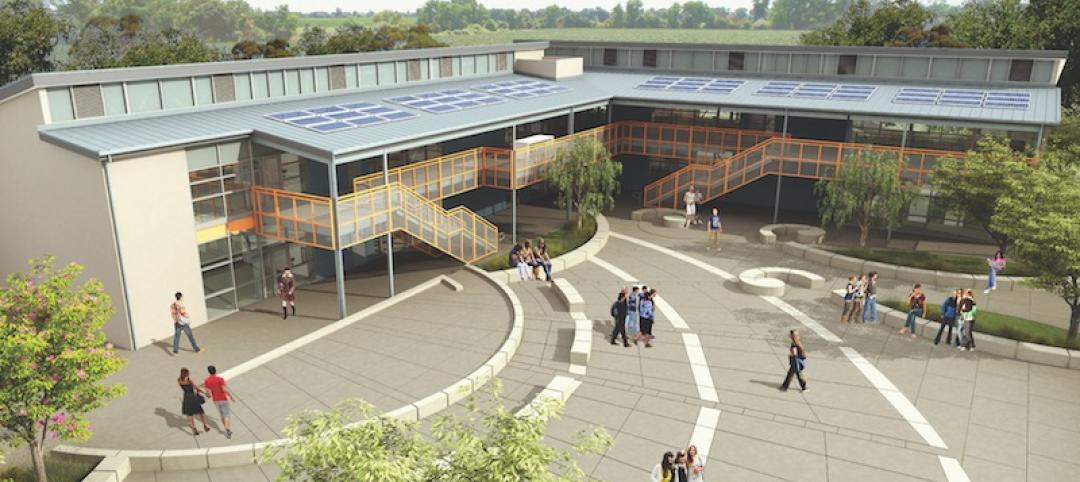Last December, Prince George’s County in Maryland became the first K-12 school district in the nation to partner with the private sector to bundle and finance a six-school delivery program. The public-private consortium included Fengate Capital Management, Gilbane’s development and building companies, designer and architect Stantec, and maintenance services provider Honeywell. JLL was Prince George’s Public School’s financial advisor.
The new schools will be ready for the 2023-24 school year, and add 8,000 new seats across five middle schools and one K-8 school. The school district is expected to save $174 million in deferred maintenance and construction costs.
Financing the construction and renovation of public schools continues to be a major challenge that, in many states, hinges on voters approving bond issues or taxes. For most of America’s 13,000-plus school districts, the private sector is an untapped source for funding.
“At the moment, there is no common definition of a P3 in the U.S., there is no centralized governing body overseeing P3s, and there is an extremely limited breadth of experience in [the] K-12 sector,” states Braisford & Dunlavey, an education planning, development, and management consultant based in Washington, D.C., which has released a free, 40-page guide to K-12 public-private partnerships (P3s).
The guide notes that the National Council of Public-Private Partnerships identifies 18 different legal and financial P3 structures, and each agreement is sui generis to the partnership, or deal. “In K-12, we expect the range of employed structures to be much smaller. Still, each partnership will be unique.”
SEVERAL MOTIVATIONS CITED
The guide cautions that P3s are complex deal structures, and there is no simple pro/con checklist for school districts considering entering into them.
Possible motivations might include accelerating the schedule for delivery of one or more school projects. (That was the primarily factor driving Prince George’s County’s P3.) Reallocating risk and lowering construction costs are two other reasons why P3s might make sense. But school districts must also realize there’s a cost to shifting risk to the private sector in terms of capital lending, legal and development fees, and other compensation.
“P3s aren’t employed for fun,” cautions the guide. “They’re neither simple nor free, and can face a resistant community. If they’re employed, it means there’s a problem that needs solving and it’s best solved with a P3.”
And because K-12 districts typically lack revenue-generating components, the full range of P3s isn’t available to them. “We expect most large-scale projects in K-12 will resemble availability payment agreements/concessionaire agreements, in which the development team designs, builds, finances, operates, and maintains a building that it ‘makes available’ to the district in exchange for availability payments (paid annually, throughout the life of the agreement),” the guide states.
For a P3 to be a viable funding solution, enabling legislation must be in place, the guide states. And for large-scale projects to “pencil out,” the guide recommends that operations and maintenance be key components to most deals.
IS YOUR DISTRICT A GOOD P3 CANDIDATE?
Braisford & Dunlavey states that certain districts fit the profile for considering P3s:
•A large school district facing financially crippling deferred maintenance. “Good news for these projects: Bigger districts tend to have bigger budgets. That can attract developers and other private partners for a large-scale P3. While a smaller project isn’t doomed, it’s less likely.”
•A large school district facing growing enrollment.
•A school district (small or large) with land it can give up, and whose needs it cannot meet on its own. The guide suggests that this type of revenue model is an “easier” P3, but the district still needs to convince the public that this is the best use of the land.
•A school district with a visionary leader who steps up and says, “Enough is enough.” The guide says that projects need champions to navigate approvals, manage stakeholder engagement, and think strategically.
The attributes of any good engagement, according to Braisford & Dunlavey, start with a clear definition of expected outcomes. These pacts also require sufficient time to hash out the deal’s structure and legal details. Stakeholders need to be “true partners” invested in each other’s success, and always honest.
The school district should define the quality of the project’s design and construction, but also be flexible enough to allow its private-sector partners to achieve those parameters.
Related Stories
K-12 Schools | Mar 9, 2017
The future of education facilities: Creating spaces where learning happens everywhere
The art of designing schools lies not in just understanding what makes a functional classroom, but in how successful we are in creating a wide array of educational options for teachers and students within the school environment.
K-12 Schools | Mar 9, 2017
School branding: The impact on identity and engagement
What is school branding and why is it important? HMC Architects’ James Krueger and Barbara Perez weigh in on the topic.
K-12 Schools | Feb 22, 2017
Through the principal's eyes: A look at K-12 architecture
Anderson-Livsey is a K-5 school located about 30 minutes East of Atlanta in Gwinnett County and has an enrollment of 785 students.
K-12 Schools | Feb 8, 2017
'Fabrication Hall' introduces Wyoming high school students to career paths
The hall offers bountiful natural light with enough space to build large-scale projects.
Architects | Jan 19, 2017
Harley Ellis Devereaux merges with Deems Lewis McKinley
The combination is expected to bolster HED’s presence in northern California and the K-12 sector.
K-12 Schools | Dec 14, 2016
Expanding possibilities for America's K-12 schools
Bigger buildings, more outdoor space, and greater involvement from the private sector are among the trends marking the new generation of schools.
K-12 Schools | Dec 12, 2016
Building a nation of super schools
AEC teams are being asked to design and build schools with enough flexibility to adapt to changing pedagogies.
School Construction | Oct 23, 2016
As construction rebounds, education sector spending flattens
Post-recession slump suggests a settling in at a “normal” level similar to the mid aughts.
Great Solutions | Aug 23, 2016
Novel construction approach speeds K-12 school projects
The Folia system uses pre-engineered components to deliver school buildings at 20% less cost.
Great Solutions | Aug 23, 2016
11 great solutions for the commercial construction market
A roll-up emergency department, next-gen telemedicine center, and biophilic cooling pods are among the AEC industry’s clever ideas and novel innovations for 2016.


